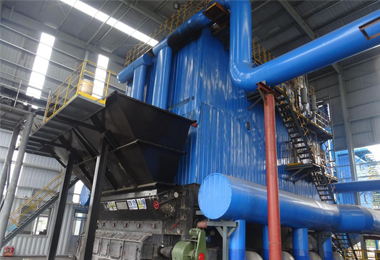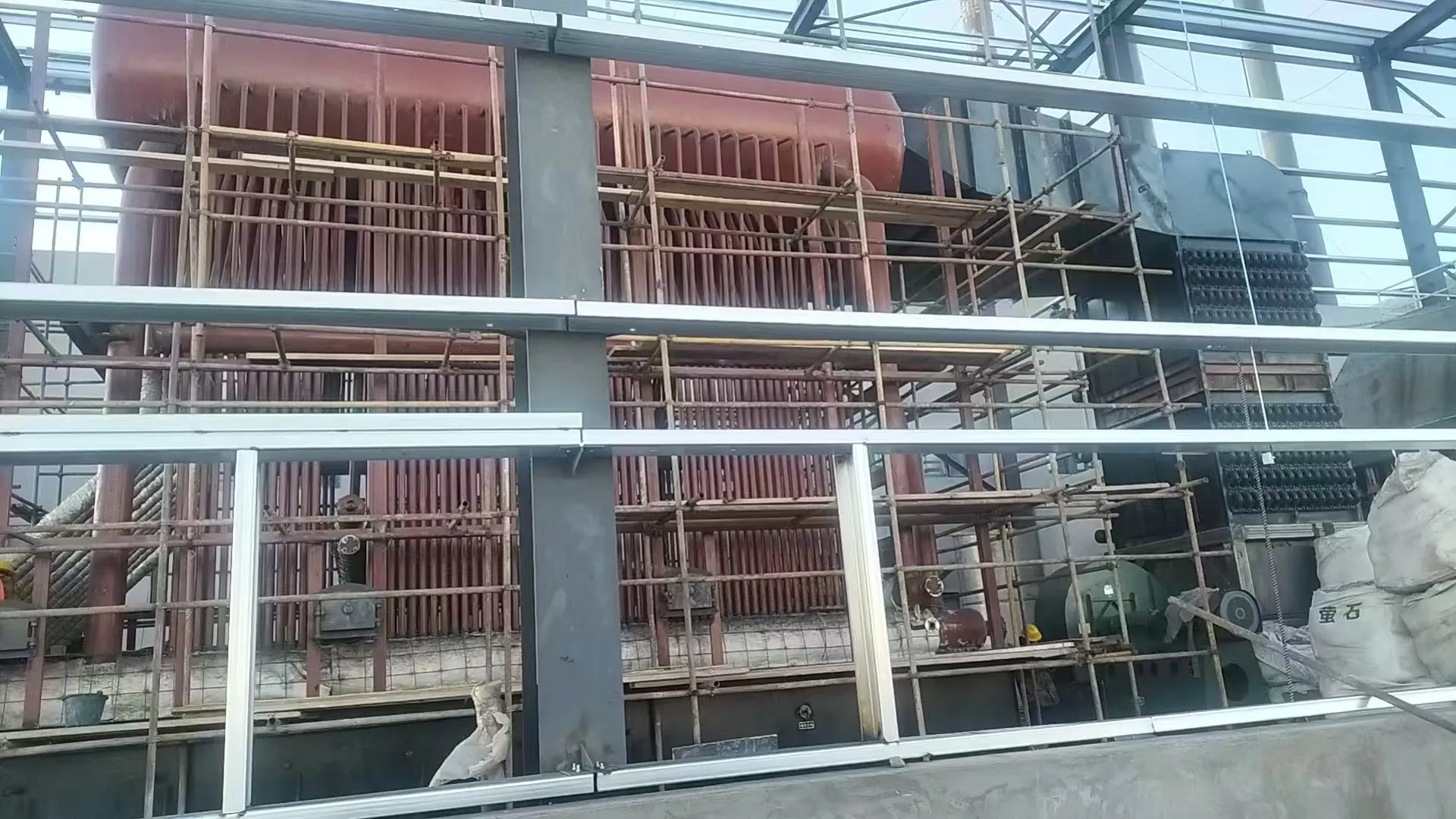
ফেব্রু. . 19, 2025 06:18 Back to list
oil fired hot water boiler
Draining a hot water boiler is a crucial maintenance task that ensures the longevity and efficiency of your heating system. This guide covers that process in detail, providing expert advice to ensure a safe and effective procedure while highlighting products that can make the task easier and more efficient.
Monitor the drainage process, ensuring all water and sediments are expelled. Once complete, close the drain valve securely to prevent leaks. Remove the garden hose, and remember to close the hot water faucet that was left open. Refilling your boiler involves reopening the water supply and turning on a hot water faucet to purge air from the system, creating a balanced pressure environment within. Once the system is full, and the faucet runs without air sputtering, it's safe to close it. After refilling, switch the power supply back on, whether gas or electric. Check your boiler's pressure gauge to ensure it reads within the optimal range specified by the manufacturer. If not, consult the user manual or a professional technician for guidelines on adjusting boiler pressure. Consider keeping a logbook or digital record of your boiler maintenance activities. Regular data entries build a comprehensive service history, aiding in future troubleshooting and ensuring continuity in maintenance tasks. For those who prefer professional assurance, hiring a certified heating specialist to perform this task can provide peace of mind. Professionals possess the expertise and tools required to handle complex boiler systems, guaranteeing safety and precision. Draining your hot water boiler as a do-it-yourself project becomes straightforward with the right approach and tools. By incorporating regular maintenance into your routine, you not only sustain the efficiency and performance of your system but also extend its operational lifespan, ensuring consistent comfort in your home throughout the colder months.


Monitor the drainage process, ensuring all water and sediments are expelled. Once complete, close the drain valve securely to prevent leaks. Remove the garden hose, and remember to close the hot water faucet that was left open. Refilling your boiler involves reopening the water supply and turning on a hot water faucet to purge air from the system, creating a balanced pressure environment within. Once the system is full, and the faucet runs without air sputtering, it's safe to close it. After refilling, switch the power supply back on, whether gas or electric. Check your boiler's pressure gauge to ensure it reads within the optimal range specified by the manufacturer. If not, consult the user manual or a professional technician for guidelines on adjusting boiler pressure. Consider keeping a logbook or digital record of your boiler maintenance activities. Regular data entries build a comprehensive service history, aiding in future troubleshooting and ensuring continuity in maintenance tasks. For those who prefer professional assurance, hiring a certified heating specialist to perform this task can provide peace of mind. Professionals possess the expertise and tools required to handle complex boiler systems, guaranteeing safety and precision. Draining your hot water boiler as a do-it-yourself project becomes straightforward with the right approach and tools. By incorporating regular maintenance into your routine, you not only sustain the efficiency and performance of your system but also extend its operational lifespan, ensuring consistent comfort in your home throughout the colder months.
Share
Latest News
-
Commercial Oil Fired Steam Boilers with GPT-4 Turbo AI
NewsAug.04,2025
-
Coal Fired Thermal Oil Boiler with GPT-4 Turbo Efficiency
NewsAug.03,2025
-
Commercial Steam Boilers for Sale - AI Optimized Efficiency
NewsAug.02,2025
-
Efficient Biomass Fired Hot Water Boiler | AI Heating Solution
NewsAug.01,2025
-
High-Efficiency Gas Thermal Oil Boilers | HPT Models
NewsJul.31,2025
-
Oil Fired Hot Water Boilers Sale - High Efficiency & Affordable
NewsJul.31,2025
Related PRODUCTS
Copyright © 2025 HEBEI HONGZE BOILER MANUFACTURING CO., LTD. All Rights Reserved. Sitemap | Privacy Policy






















